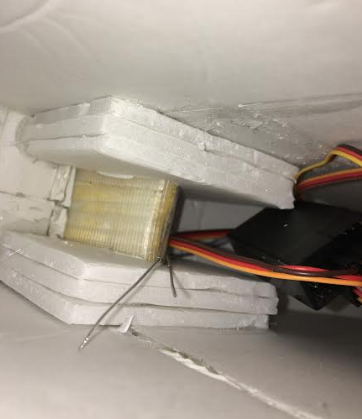Hai-Lee
Old and Bold RC PILOT
The stepped underside of the trailing edge actually gives a little extra lift as you would find in an undercambered airfoil and also a little extra drag. The TE step is there to support the TE and to give the correct airfoil profile.I was having trouble with the whole build. Don’t worry, I’ll be back. Just need more experience. If I try again I won’t use the FT technique. I can do other easier techniques but I need to acquire more design, cutting & bonding skills. Simple is good for me right now. I might take the fuselage & re-cut it into another design. I’ve had good luck doing mods on existing designs to make them easier to build. Thanks
Additionally, I don’t like that trailing edge C fold. It goes against everything I was ever taught about aerodynamics. Trailing edges should be sharp, not flat, leading edges should be round, not sharp. 2 thicknesses of foam board is a lot, 3 seems too much, Experimental Airlines tapered trailing edges are best but not easy to do nicely.
The molecules of air travel in all directions at around 900MPH at sea level and so the time it takes to fill the theoretical vacuum at the because of the blunt TE is very small and the drag increase is minimal especially as the TE upper and lower directions are identical.
Sharp TEs are OK but you need to consider structural rigidity. A TE that is razor sharp but flexible is useless and introduces a serious problem called flutter. Sure rounded LEs are recommended so that the airflow is split smoothly and so that you do not get sudden points of high pressure as the wing angle of incidence changes. Again a model does not have the high wing wing loadings and speeds of a commercial or full sized aircraft.
With the Reynolds numbers applicable to models the FT LE folds are plenty rounded and the TEs are plenty sharp. I have tried sharp TEs and more rounded and better curves for the wing profiles and LEs. The differences are not as great as you might think and I now reserve such details for those I want to either appear more scale or fly at the highest of speeds.
Just my thoughts!
Have fun!











